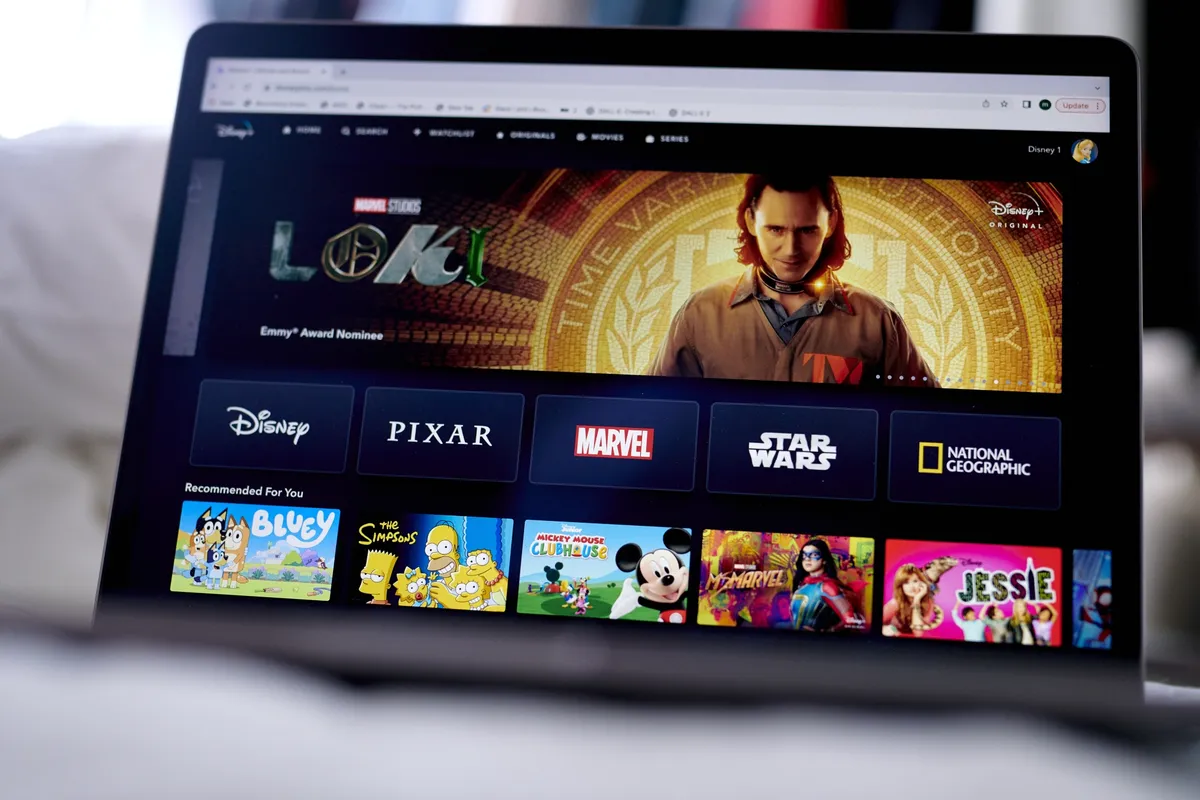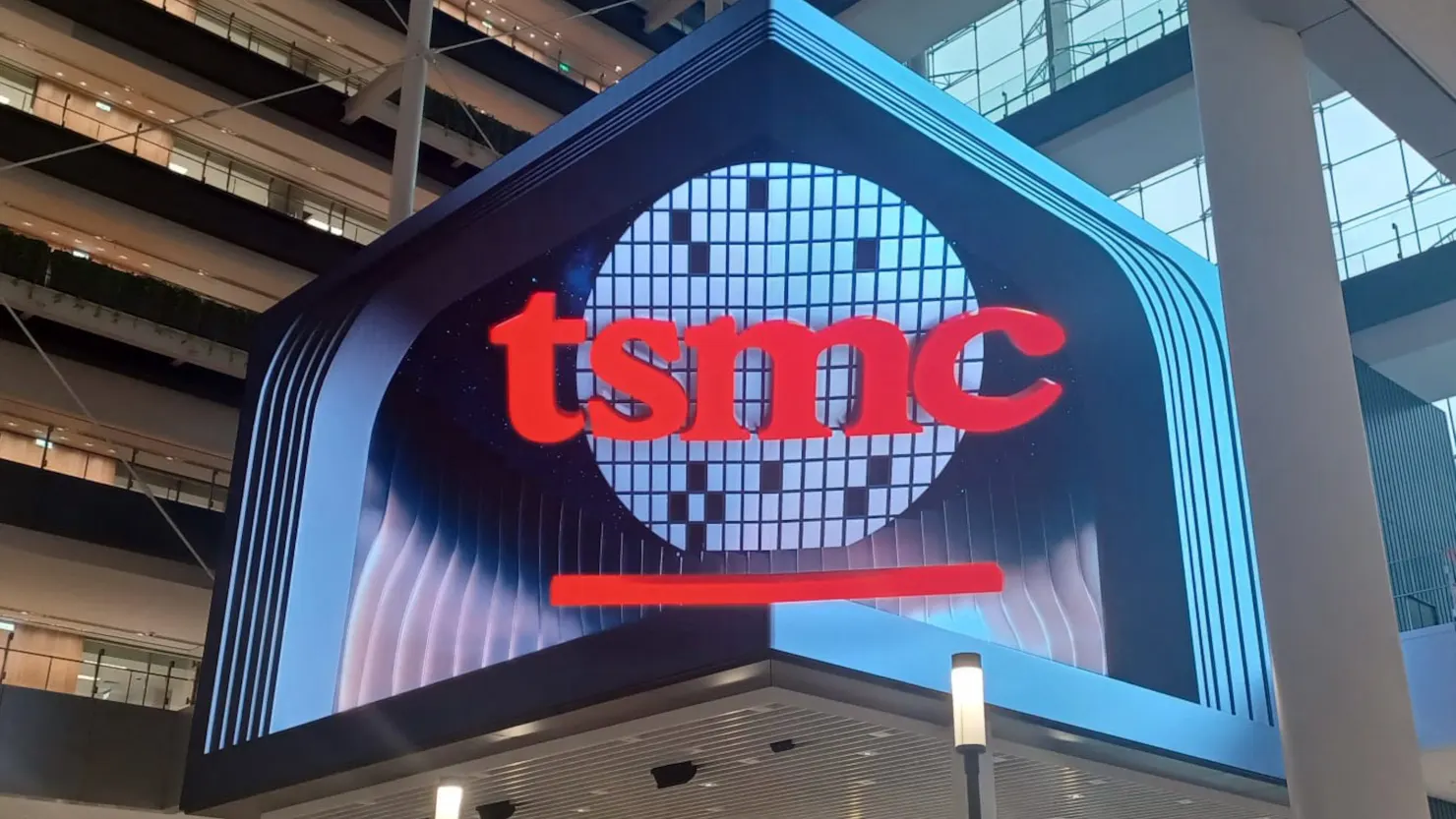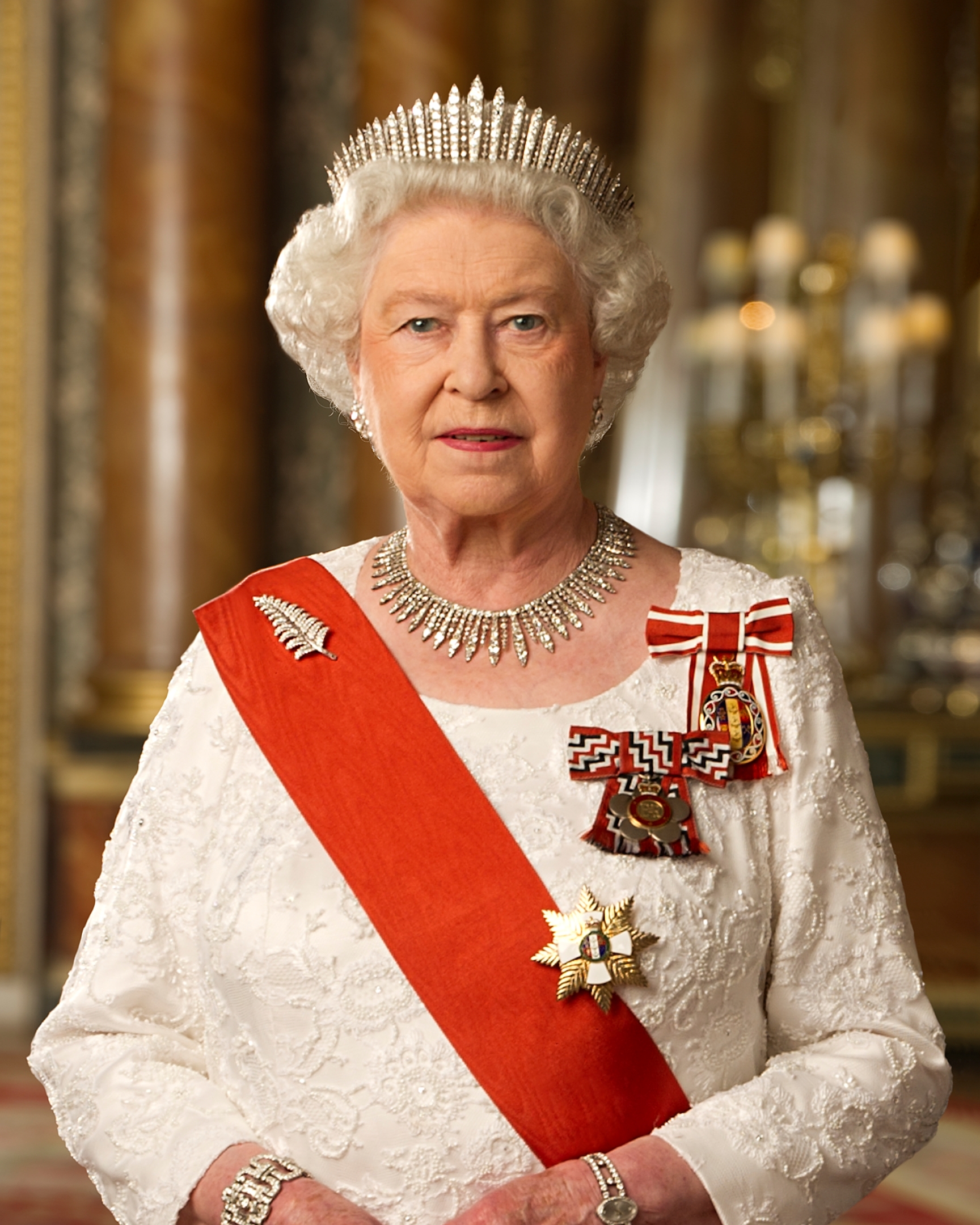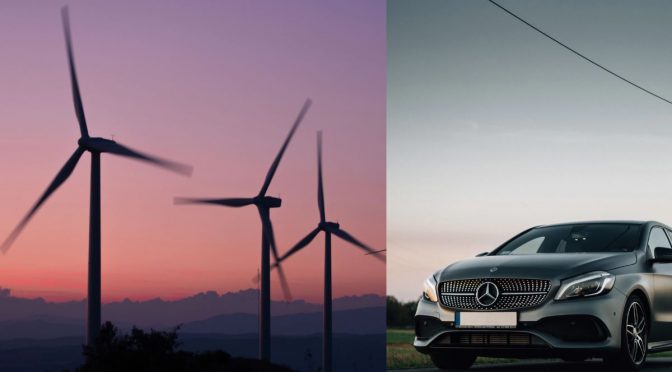Lego Reports 13% Revenue Growth in First Half of 2024, Driven by New Sets and Strategic Partnerships

Despite a challenging year for the toy industry, Lego has maintained its momentum, reporting a 13% increase in revenue for the first half of 2024. The Danish toymaker announced on Wednesday that it generated 31 billion Danish krone (some $4.65 billion) during the period, bucking the trend of declining sales seen among competitors.
Niels Christiansen, Lego’s CEO, attributed the company’s strong performance to its diverse product portfolio, particularly the popularity of Lego Icons and Lego Creator sets, as well as a successful partnership with Epic Games’ Fortnite. Unlike last year, when consumers chose lower-priced sets while maintaining purchase volumes, this year’s volume has increased overall, indicating that consumer spending on Lego products has stabilized.
In contrast, Lego’s rivals have faced tougher market conditions. Mattel’s net sales fell 1% in the first half of 2024, while Hasbro’s net revenue fell 21% during the same period. Both companies are dealing with the consequences of a post-pandemic market, with Mattel still feeling the effects of last year’s “Barbie” boom and Hasbro dealing with the fallout from its exit from eOne.
Lego has managed to sustain its pandemic-era momentum by offering a wide array of products that appeal to both children and adults. In addition to popular franchises such as Harry Potter and Star Wars, Lego has released innovative sets that allow customers to build everything from plants and animals to famous works of art.
Geographically, sales in the US and Europe have remained robust, while growth in China has been flat due to reduced spending on higher-priced items. Nevertheless, Lego remains committed to expanding its presence in China, with 20 out of 40 new stores opened in the first quarter located in the region, and another 20 planned for the second half of the year.
Christiansen also highlighted Lego’s ongoing sustainability efforts, noting that the company has nearly doubled its use of renewable and recyclable materials in its products compared to 2023. While the cost of sourcing these materials is higher, Lego is absorbing these costs without passing them on to consumers. Over the next few years, the company aims to source half of its raw materials from sustainable sources.
With input from CNBC.








